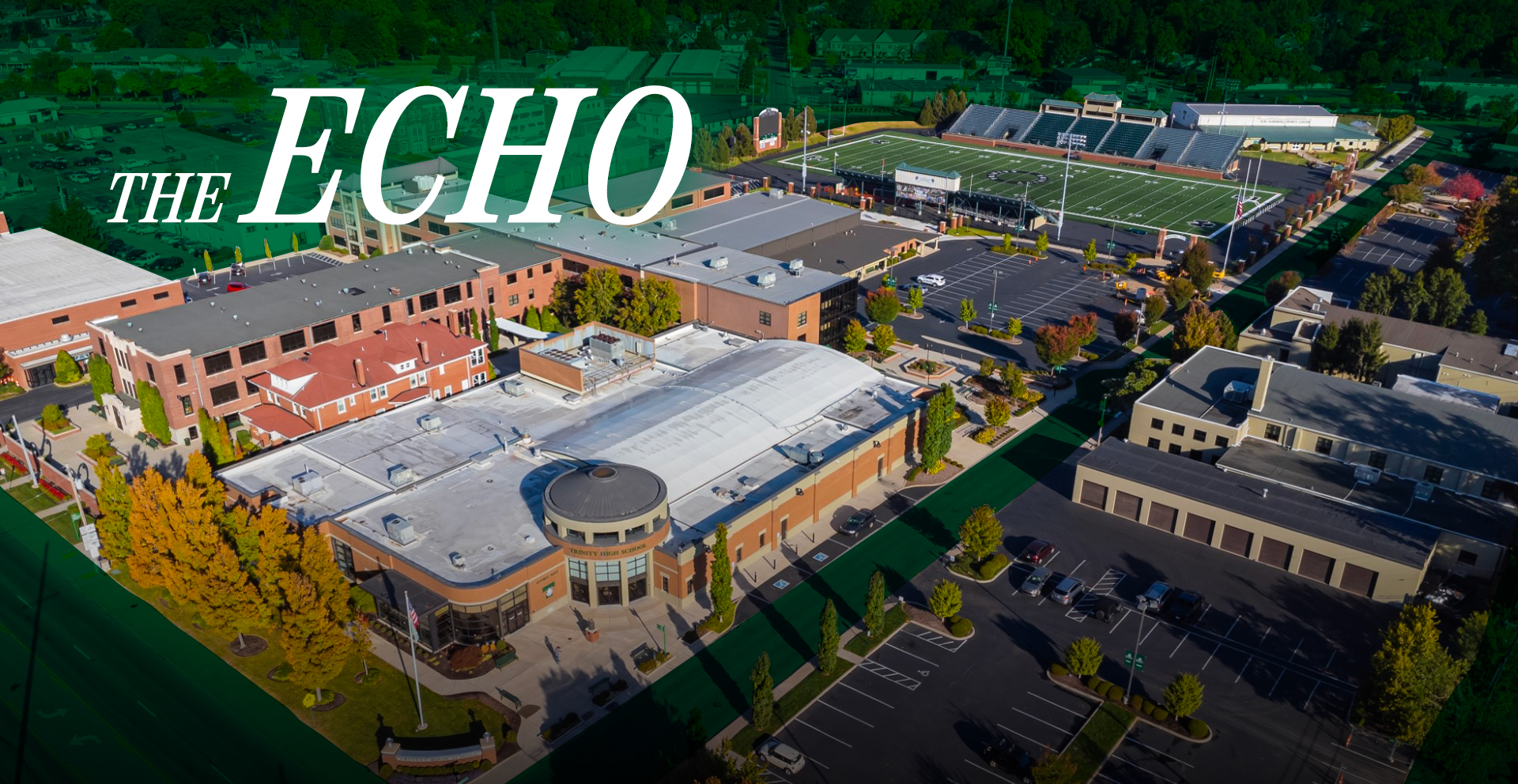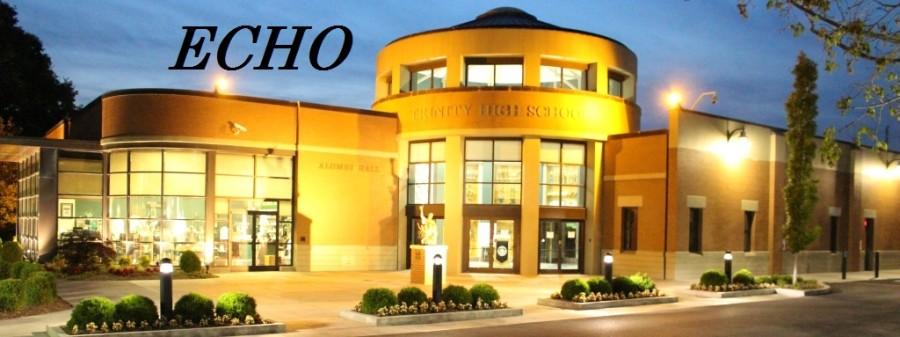Remembrance, Renewal and Reminder from the Powerful Light of Music
November 18, 2019
A powerful mixture of darkness and light. “Violins of Hope,” a concert played by the Louisville Orchestra at the Kentucky Center for the Arts, featured eight violins played by Jewish musicians during the Holocaust. The violins were made available through Avshalom Weinstein, a second-generation violin collector.
Weinstein continues his father’s business of restoring Holocaust-era violins so they may be played in concert. Teddy Abrams, director of music for the Louisville Orchestra, remarked that the concert is much darker than patrons are accustomed to, but that it was important to tell these stories to remember Holocaust victims.
The opening piece of the concert was “Klezmer Rondos” by Paul Schoenfield. Musician Kathleen Karr played a small flute, and the rest of the instruments echoed the notes she played. Karr’s flute confirmed Abrams’ statement that the concert would be dark. Moreover, Abrams commented that “Klezmer Rondos” was to be the “most overtly happy” selection in the entire concert. “Klezmer Rondos” was a beautiful piece, largely unpredictable in its flow.
There was no way to anticipate what type of note would come next. In a way, “Klezmer Rondos” reflected the calamity of life in the Holocaust. It was impossible to know the terrors a person would experience from one day to the next.
“Judith,” the second piece by the orchestra, was a bizarre performance — a choreographed poem written by William Schuman that accompanies orchestra music. Nine dancers came on stage, eight men and one woman. As the woman danced, the males seemed to worship her, lifting her in the air and falling on the ground before her.
It was difficult to understand how this piece was connected to the night’s theme of Holocaust memorial. The dance seemed to distract the audience from the music, the structure of which was ominous and depressing as low notes hung over the silent audience.
Following the intermission, the orchestra played a bittersweet rendition of the theme from “Schindler’s List.” First violinist Gabriel Lefkowitz carried the piece by playing high notes. The rest of the orchestra established a base of violas and cellos that played low notes in contrast to the first violin.
This piece conveyed a sense of horror and hopelessness. What came to mind was the sheer number of innocent lives lost to Hitler’s madness.
The final piece of the concert was Michael Tilson Thomas’s “From the Diary of Anne Frank,” with Catherine Blades as narrator. Blades spoke in character as she read from “The Diary of Anne Frank.” The orchestra depicted Anne’s emotions through music, from the time of her initial hiding to her early teenage years when she described an inner rebirth that made her desperate for spring.
At the close of Blades’ narration, the music became very dark, and the final, chilling words spoken by the narrator were an incomplete final entry from Anne Frank’s diary: “Dear Kitty.”
“Violins of Hope” was a loving tribute to all the victims of the Holocaust, allowing the audience to pay respect to victims — and remind all that there is always hope.

